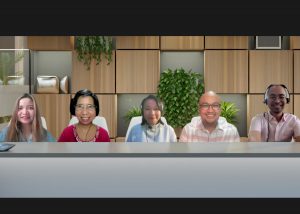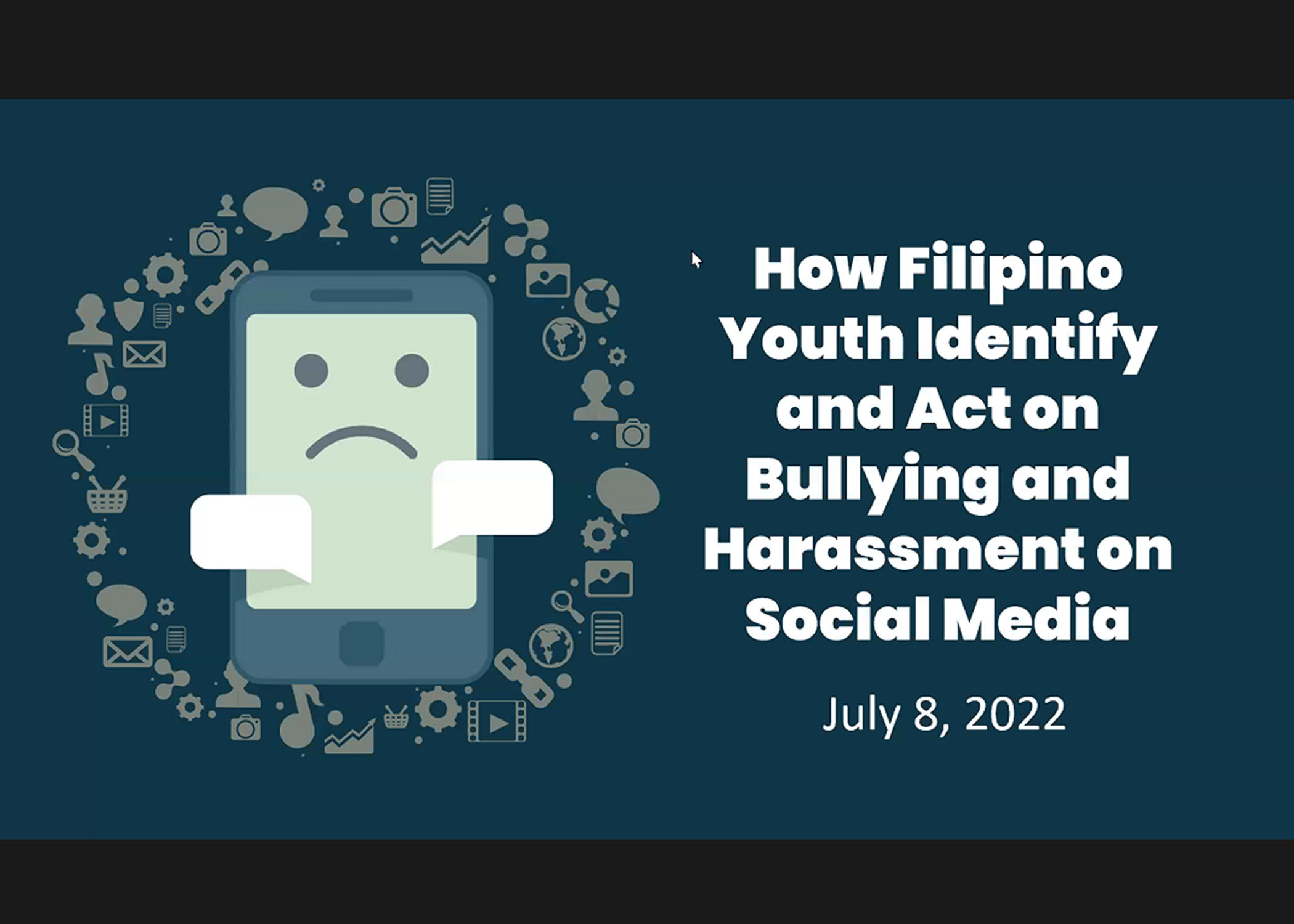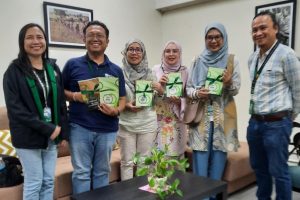“It is important to teach our children kindness”: Research Team Discusses How Filipino Youth Respond to Online Bullying and Harassment

Members of the Department of Communication and the Department of Psychology composing a recent SDRC research team did what they do best, in a webinar presentation conducted on July 8: They shared the findings of an investigation into human interaction – particularly of the harmful kind – in a discussion and research launch entitled “How Filipino Youth Identify and Act on Bullying and Harassment on Social Media.” The study, supported by Facebook’s Content Policy Research grant, involved interviews with Filipino youth aged 15-24 from four sites across the country: Manila (for the National Capital Region), Batangas (for Luzon), Negros Occidental (for Visayas), and Misamis Occidental (for Mindanao), to understand and spotlight what young Filipinos consider as constitutive of bullying and harassment on social media, and how they are impacted by and act on them.
Project director Dr. Cheryll Soriano opened the presentation with an explanation of the study’s approach, explaining that research and interventions on the topic of Filipino youth’s response to bullying and harassment on social media needed to be grounded on experience, and that the study’s focus was on youth as active social media users. She also presented the first of the study’s findings, which was that Filipino youth characterize bullying and harassment on social media as an intersection of three key dimensions – diverse targets involving individuals, groups, and ideas; direct and veiled acts; and open and bounded spaces.
Co-investigator Dr. Maria Caridad Tarroja – also a former SDRC director – spoke on the study’s findings in relation to mental health, particularly regarding youth’s consequent views about the self, about others, and about the world. She pointed out the danger of some behavioral reactions as being vengeful, which would lead to a vicious cycle of bullying online.
A synthesis of these findings was presented by co-investigator Dr. Jason Cabañes. He explained that the key factors in how Filipino youth assess the severity of bullying and harassment online involved 1) how well they are able to manage and work around social media’s technological affordances; and 2) their proximity or perceived closeness to people, groups or beliefs that are featured in online content.
Co-investigator Dr. Jan Michael Bernadas concluded the team’s presentation by sharing their recommendations, particularly citing the need to recognize the different contexts in which stakeholders are situated, and to determine what they need to know and what they can do. Suggestions were directed toward the platform (that Facebook should reconsider its community standards and policies and include options to tag experiences as bullying), schools (that they should incorporate necessary information and action to be taken in the student handbook, and develop mechanisms for resolving bullying and harassment between and among students), parents (that they need to validate when their children experience bullying and harassment rather than see it as weakness, and recognize the children can be bullied in ways that are different from their peers), and youth (that they must recognize that bullying and harassment in social media take on multiple forms, as well as become sources of social support by not participating in hurtful behavior.
The discussion was followed by a presentation of three videos being used in the campaign to raise awareness – one demonstrating how bullying can be done even by one’s close friends (presented in Tagalog), one dramatizing the possibility of informing others when one is bullied (in Bisaya), and one illustrating the conflict that may be experienced in determining whether to share the bullying experience with adults (in Hiligaynon).
Two reactors were invited to provide their thoughts on the research. Dr. Abigail Capay, a registered psychologist at the University of St. La Salle in Bacolod who was also a field coordinator for the study. She pointed out that children are exposed to social media as early as the age of six years old, and that trauma can affect them until they mature. As a parent she stressed the importance of teaching children kindness as part of creating a healthier environment, since it was likely that youth would confide in their peers instead of in their parents and counselors.
Mental health advocate Dr. RJ Naguit found the study relevant, particularly the key concept of bullying being related to power – of interest now is what contributes to the power imbalance, and the possibility of studying social media following and algorithms as significant factors. He proposed that bullying be viewed in terms of the system, since social media is a means of securing validation, and it is those who do not conform that experience bullying. On the other hand, social media was also a platform that could be maximized by providing referral pathways for mental health.
A wealth of topics was discussed during the open forum, during which issues on the importance of conducting awareness campaigns, identifying concrete forms of response, the need for youth to familiarize themselves with the technical affordances of social media, how to deal with bullying within the family, whether bullying equates to meanness, and what can be done to help youth to deal with the oppressive elements in society, were raised and initially addressed.
The webinar presentation and open forum was hosted and moderated by Kimberly Kaye Mata, one of the study’s co-authors.
An estimated 100 viewers including those from the LGU of Cabanatuan City, St. Louise de Marillac College of Sorsogon, Camarines Norte State College, Occidental Mindoro State College, Cebu Institute of Technology, Foundation University in Dumaguete City, and St. Patrick School of Quezon City participated in the webinar presentation via Zoom and Facebook Live.





